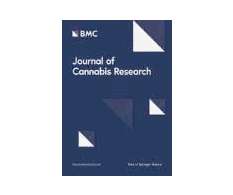What does religion say about cannabis? Is it a sin?
The Cannigma
SEPTEMBER 9, 2021
Beyond its use as a religious sacrament, cannabis has a long and storied history as a form of medicine in the ancient world. scientists found a “significant deposition” of THC, nicotine, and even cocaine in the several internal organs. And while examining the remains of a mummy dating from around 950 B.C.E












Let's personalize your content